| RECENT POSTS DATE 1/14/2025 DATE 12/26/2024 DATE 12/18/2024 DATE 12/17/2024 DATE 12/14/2024 DATE 12/12/2024 DATE 12/12/2024 DATE 12/8/2024 DATE 12/8/2024 DATE 12/7/2024 DATE 12/7/2024 DATE 12/5/2024 DATE 12/5/2024
| | |  CORY REYNOLDS | DATE 10/27/2015Featured image is one of six bronze casts editioned under the name "Glass of Absinthe," which Pablo Picasso produced at a Paris foundry in 1914. "With 'Glass of Absinthe,' Picasso set himself the seemingly impossible task of representing in sculpture things that are transparent," according to Anne Umland, co-curator and editor of MoMA's current blockbuster, Picasso Sculpture. "These works take as their subject a glass and its liquid contents. The latter is identified as absinthe, a clear liqueur, by the artist's inspired decision to incorporate a real-life metal absinthe spoon into his work of art. The perforations in these found spoons constitute one form of transparency; the diffuse polka-dot patters that Picasso painted on some of the casts supply another; and the cuts he made into his glasses' paradoxically opaque contours, revealing their interior views, represent a third. Here the revolution announced by Picasso's decision to open up the volumes of his 'Guitar' to light and shadow, incorporating a space as a sculptural material, is taken a step further. His 'Glass of Absinthe' sculptures swallow up real objects, transforming them from things of use into elements worthy of contemplation. This operation would remain a constant in Picasso's sculpture practice, the result of his exceptional openness to the sculptural potential of objects in the world." The Museum of Modern Art, New York
Hbk, 9.5 x 12 in. / 320 pgs / 300 color / 200 b&w.
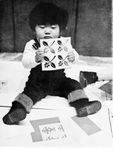 DATE 12/17/2024 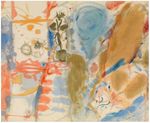 DATE 12/14/2024  DATE 12/12/2024  DATE 12/8/2024  DATE 12/7/2024  DATE 12/5/2024  DATE 12/3/2024  DATE 12/2/2024  DATE 11/28/2024  DATE 11/28/2024 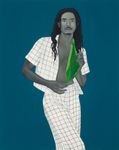 DATE 11/24/2024 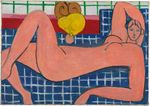 DATE 11/18/2024  DATE 11/16/2024 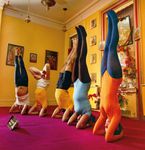 DATE 11/13/2024 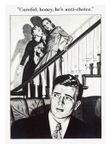 DATE 11/11/2024  DATE 11/9/2024  DATE 11/7/2024  DATE 11/6/2024  DATE 11/1/2024  DATE 10/31/2024 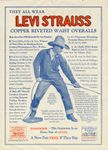 DATE 10/27/2024  DATE 10/21/2024  DATE 10/20/2024 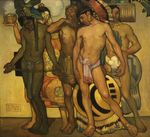 DATE 10/17/2024  DATE 10/15/2024  DATE 10/14/2024  DATE 10/10/2024  DATE 10/8/2024 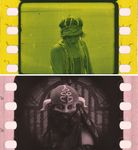 DATE 10/6/2024 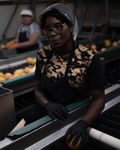 DATE 10/1/2024  DATE 9/29/2024  DATE 9/26/2024  DATE 9/25/2024  DATE 9/22/2024  DATE 9/19/2024 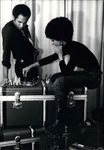 DATE 9/16/2024  DATE 9/12/2024  DATE 9/9/2024  DATE 9/3/2024  DATE 9/1/2024  DATE 8/29/2024  DATE 8/26/2024  DATE 8/18/2024  DATE 8/15/2024 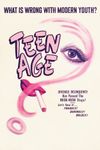 DATE 8/13/2024  DATE 8/11/2024  DATE 8/9/2024  DATE 8/8/2024  DATE 8/4/2024  DATE 8/2/2024  DATE 7/30/2024  DATE 7/27/2024 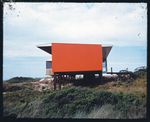 DATE 7/24/2024  DATE 7/22/2024 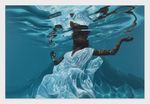 DATE 7/18/2024  DATE 7/15/2024  DATE 7/11/2024  DATE 7/8/2024  DATE 7/5/2024 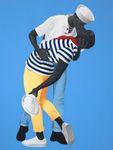 DATE 7/4/2024 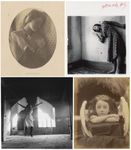 DATE 7/1/2024 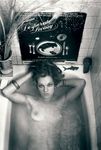 DATE 6/30/2024  DATE 6/28/2024  DATE 6/26/2024 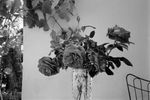 DATE 6/22/2024 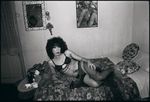 DATE 6/20/2024  DATE 6/19/2024  DATE 6/17/2024  DATE 6/16/2024  DATE 6/13/2024  DATE 6/8/2024  DATE 6/6/2024  DATE 6/3/2024  DATE 5/24/2024  DATE 5/19/2024  DATE 5/15/2024  DATE 5/12/2024  DATE 5/8/2024  DATE 5/5/2024  DATE 5/1/2024  DATE 4/25/2024  DATE 4/20/2024  DATE 4/18/2024  DATE 4/14/2024  DATE 4/11/2024  DATE 4/9/2024  DATE 4/7/2024  DATE 4/4/2024  DATE 4/1/2024  DATE 3/31/2024 |
|